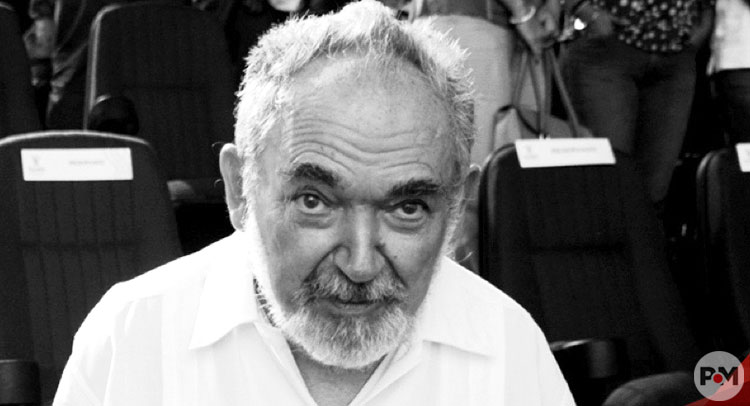The specialist was responsible for the Archaeological Research Project of Chichén Itzá … //
RESEARCHERS, teachers and cultural specialists showed their regret and dismay at the death of the German archaeologist Peter Johannes Schmidt (1940-2018). Schmidt devoted more than four decades to the study of Mayan culture and was responsible for the Chichen Itza Archaeological Project.
Researchers and specialists from very diverse disciplines of Yucatan showed through social networks their sorrow for his passing. Even the National Institute of Anthropology and History (INAH) published on its website a statement on the death of this Mayan scholar.
Winner of important international awards and recognitions, Peter Schmidt published numerous editorial works, scientific publications and contributions to the investigation of the ancient Mayan culture. Among other recognitions: in 2014 he received the Unesco Medal of Cultural Diversity, for his contributions in conservation and knowledge of the historical heritage of Yucatan, and the following year he received the Medal “Yuri Knórosov”, among others.
Originally from Hamburg, Peter Schmidt graduated from the University of Hamburg, Germany, in 1967. He studied General Anthropology, Linguistics, Prehistory and American Studies, where he was a student of the ethnologist and historian Franz Termer, archaeologist Wolfgang Haberland and the writing expert, Maya Günter Zimmermann.
Between 1959 and 1960 he made excavations in his native Germany, later worked as a research assistant at the Museum of Anthropology and Prehistory in Hamburg. Between 1961 and 1963 he made excavations in Central America, especially in the Island of Ometepe, Nicaragua, a work with which he established a chronological sequence for the region.
In 1968 he obtained a PhD in philosophy from the University of Hamburg and his doctoral thesis dealt with “The funerary customs of the indigenous people of southern Central America: an ethnoarchaeological investigation”.
He arrived in Mexico in 1973 and worked as director of the Huejotzingo Project, within the Puebla-Tlaxcala joint program, in charge of the INAH and with the collaboration of the German Foundation for Scientific Research, with which he carried out field work to establish the settlement pattern in different periods of occupation of the area.
In 1977, he entered INAH as a researcher at the then Regional Center of the Southeast, now Centro INAH Yucatán, where he was assigned until his death. He carried out field work in the archaeological sites of Chichén Itzá, Yucatán; El Meco and Kohunlich, in Quintana Roo, between 1976 and 1981. He founded and directed the Ceramoteca of the Southeast Regional Center of INAH, from 1980 to 1983, and was director of the Regional Museum of Anthropology of Yucatán, Palacio Cantón, from 1983 to 1993 .
During 1979 and 1980 he defined and established the polygon to protect and preserve the archaeological monuments of Chichén Itzá, as well as the flora and fauna, which served as the basis for the presidential decree by which the Archaeological Monuments Zone was declared.
In 1993, he directed the Chichén Itzá Archaeological Research Project, with which he studied archeology, architecture, iconography, agriculture, the settlement pattern, materials, chronology and hydraulic works of that Mayan site.
He was a professor at the National School of Anthropology and History (ENAH) in Mexico City and at the School of Anthropological Sciences of the Autonomous University of Yucatan; He was the author of numerous articles on Mesoamerican and Mayan archeology, as well as member of scientific associations in Mexico, Germany and the United States.
Text: Acom






